Wild animals in their natural habitats offer glimpses of a universe packed full of magnificence.
Whether classified as exotic, domesticated, farm animals or household pets, various species of non-human mammals are characterized by fascinating distinctive looks, habits and traits.
We have put together a collection of photos and some fun facts on a few well-known mammals for your reading pleasure:
CAMELS
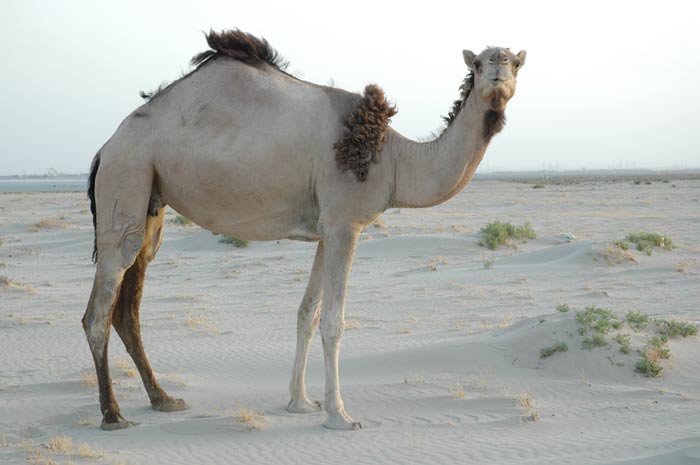
Camels rank among the most exceptional animals on earth.
Camels are desert animals. These mammals can go for several weeks without water. But when the time comes to fill up their water tanks, camels can drink as much as 53 gallons (201 liters) of water in minutes.
Camels can grow to 6.5 feet (2m) in height and can weigh up to 1,325 pounds (600kg).
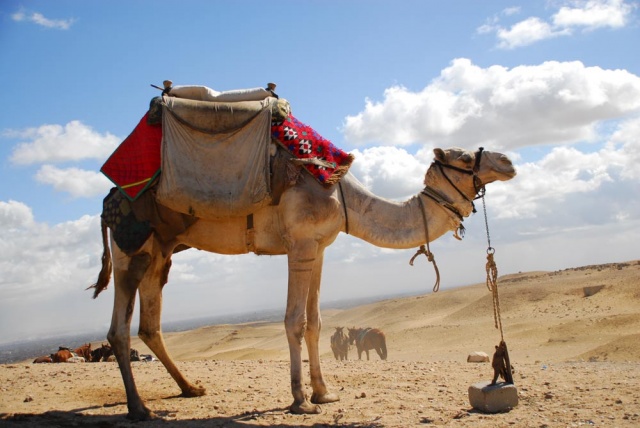
Camel in the desert, Egypt (Photo by Ramzi Hachicho)
Camels are strong mammals. These animals can carry weights of up to 441 pounds (200kg) across long distances.
Arabian camels also known as Dromedary camels are commonly found in northern Africa and the Middle East, and are characterized by possessing one hump. Arabian camels make up the most common species of camels.
While Bactrian camels with 2 humps, are found in Central Asia.
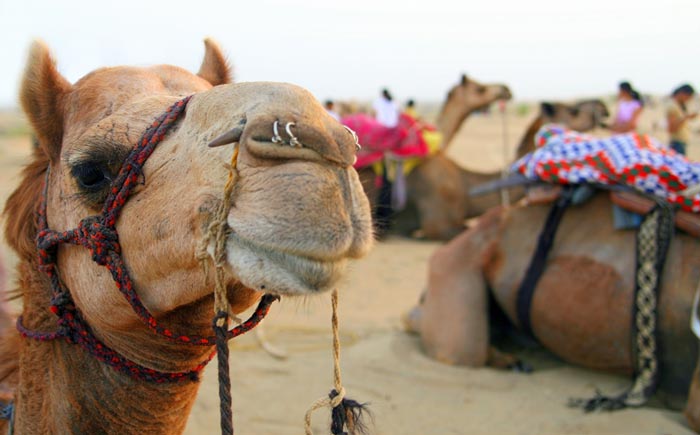
Camels are often domesticated and mainly serve for transportation.
BIG CATS
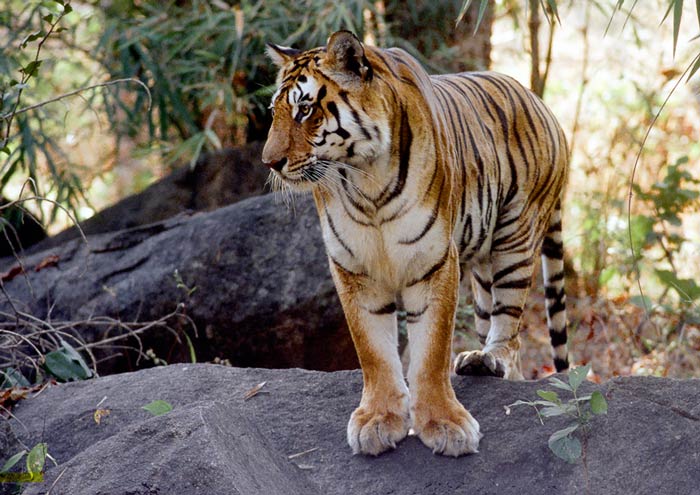
Tigers are the largest species of the cat family.
On average, tigers weigh around 450 pounds and can live for up to 20 years.
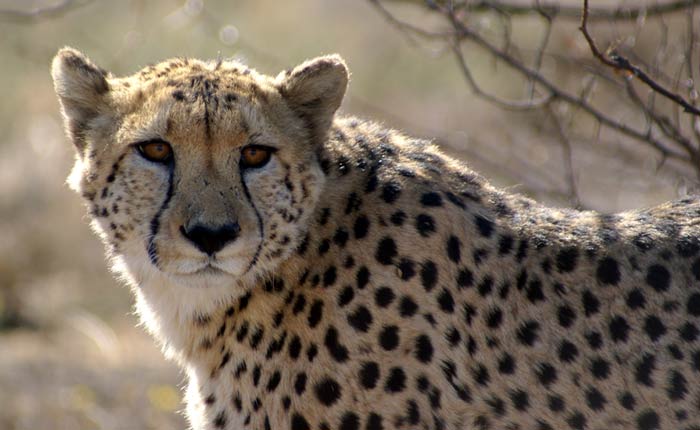
Cheetahs also belong to the cat family.
Cheetahs can be found in parts of Africa and central Iran.
Cheetahs are known as the world’s fastest animals. In fact, the Cheetah Conservation Fund states that these animals are ‘built for speed’:
“Uniquely adapted for speed, the cheetah is capable of reaching speeds greater than 110 kilometers per hour [70 mph] in just over three seconds.”
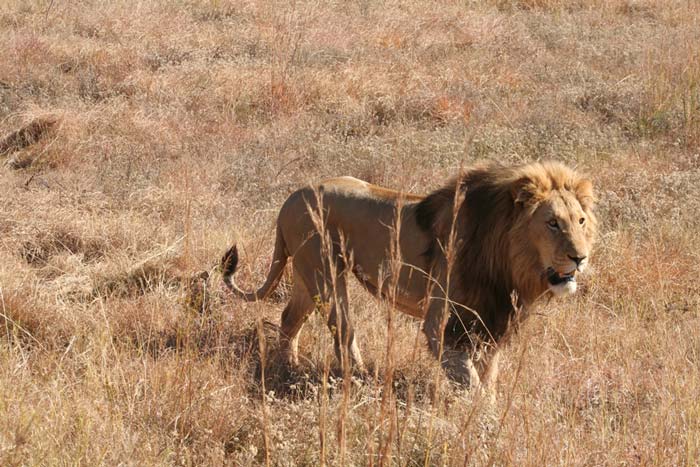
Lions are cats that are second in size after tigers.
Not only are lions known for their spectacular manes, they are also famous for their predatory skills.
While the tiger is a lone animal, lions live and operate in groups known as prides.
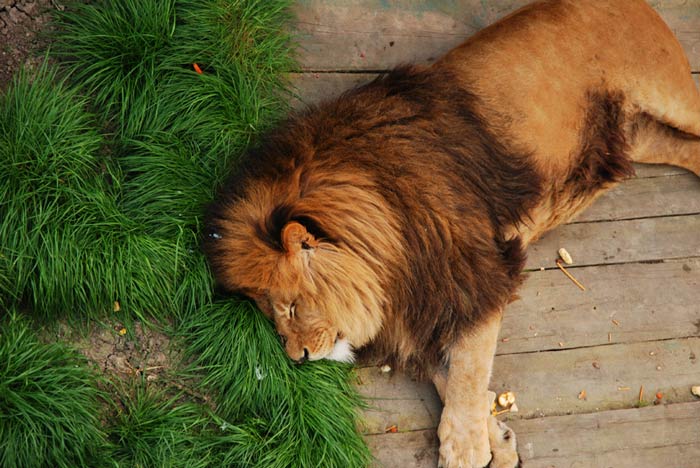
Lions have become increasingly endangered and extinct over the years, with large populations disappearing around the world.
Lions in their natural habitats can now be mostly found in south Africa and areas around Gir Forest National Park in India.
ELEPHANTS
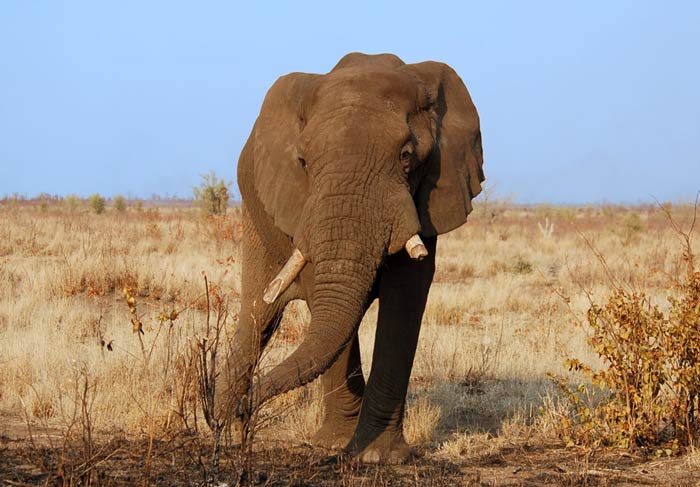
Elephants clearly rank high as the world’s most recognizable animals.
Elephants typically occupy forests, savannas and grasslands in parts of Africa and Asia.
These mammals are the largest existing terrestrial beings known to man. The biggest elephants belong to the African savanna group, also known as bush elephants.
The trunk of an adult elephant alone can weigh up to 290 pounds (132kg) and is capable of lifting weights up to 551 pounds (250kg).
The lifespan of elephants typically ranges from 60 to 80 years, according to Britanica.
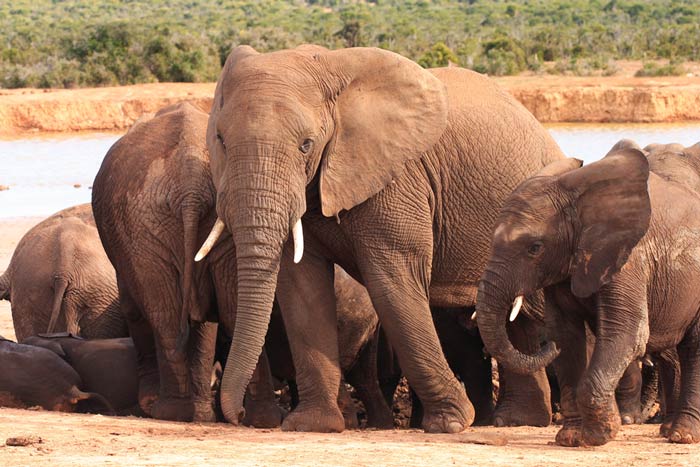
BUFFALOS
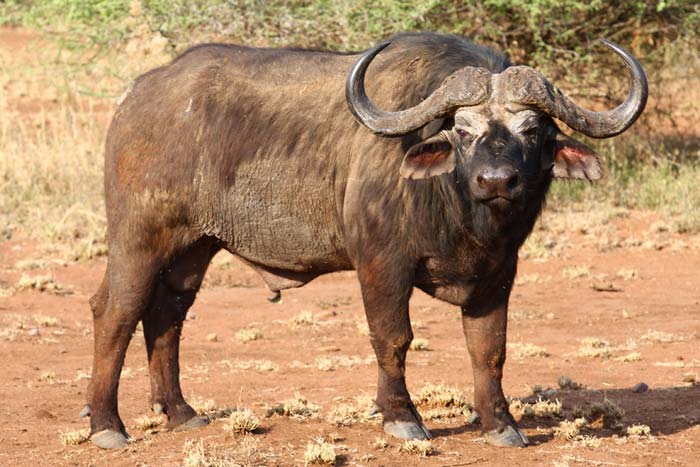
Buffalos are herbivorous mammals that can live for up to 30 years.
Buffalos are characterized by their distinctive horns, which they use to defend themselves against predators.
Various types of buffalos are: Water buffalos which originated in the Indian subcontinent and are common in Southeast Asia; water buffalos are often domesticated and used for farming and for food; African Buffalos – are found in eastern and southern parts of Africa, they are typical not domesticated, residing in savannas, swamps and grasslands; American Buffalos – also known as Bison are found in North America and were once central to native American living, providing food, clothing, tools and many other needs; Native Americans consider the Buffalo to be a symbol of strength and unity; European Bison also known as the wisent are found in countries like Czech Republic, Belarus, Poland, etc in relatively small numbers that are close to becoming extinct.
Buffalos are widely used as a source of meat, leading to a drastic decrease in their population worldwide in recent years.
RHINOCEROS
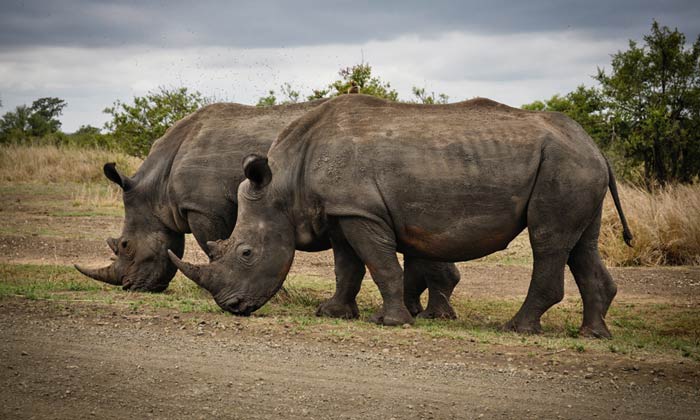
Rhinos are giant mammals famous for the short horns on their heads, and for their heavy bodies.
Rhinos are also known as the oldest group of mammals that have existed for some 20 million years.
The black rhino and white rhino are found in Africa; the Javan, Sumatran and Indian rhinos reside in Asia.
Male rhinos are known as bulls.
Despite their size and weights of up to 5,500 pounds (2,500kg), the rhinoceros is strictly herbivorous and does not prey on other animals for food.
These animals are in danger of becoming extinct in the near future due to heavy human hunting attributed mainly to a high demand for the rhinoceros’ horn used for medicine and as ornaments in Asia.
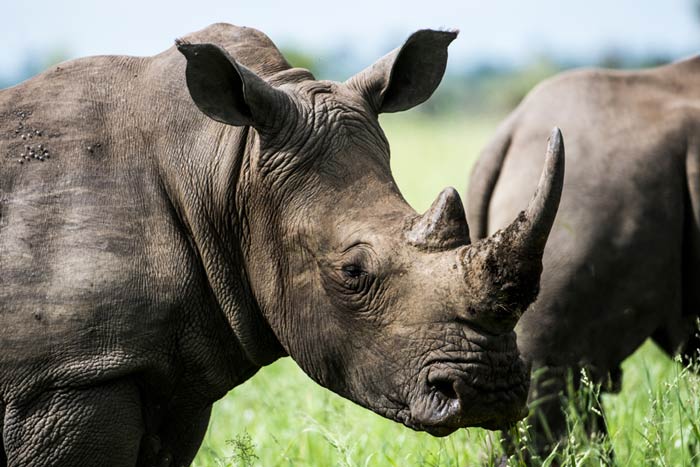
GIRAFFES
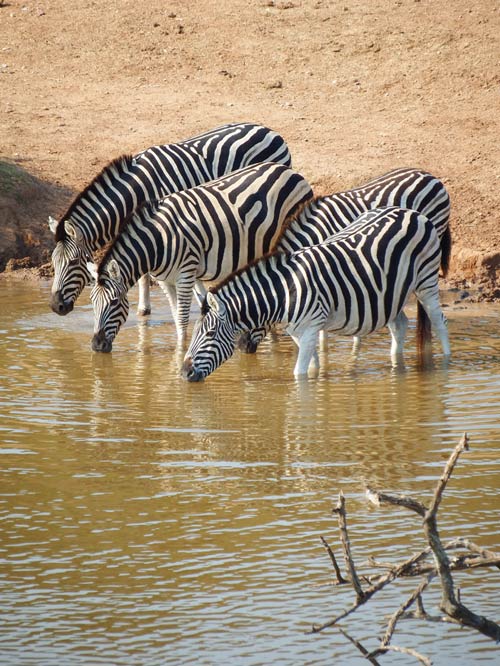
To describe giraffes in a few words… one would think of “graceful” and “magestical”.
Giraffes are the world’s tallest land-living animals.
In height, giraffes average between 16 to 20 feet (5-6m) tall (compared to the tall human height of 6.3ft or 1.9m).
Giraffes are characterized by their extremely long necks, long legs, and tails that can grow to lengths of up to 8ft (2.4m).
Giraffes are only found in sub-Saharan Africa, inhabiting grasslands, savannas and open wooded areas or forests.
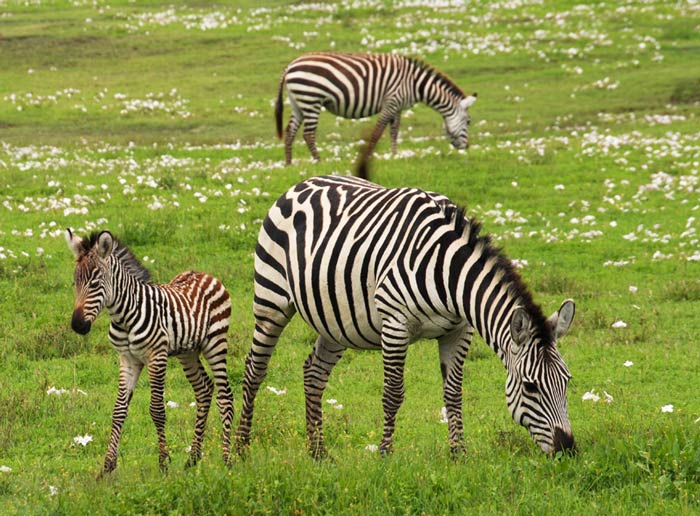
We are sure you agree with us that we live in a beautiful world. Not only are these large mammals wild and exotic, they make up an important part of our world. Did we leave anything out? Leave a comment.
